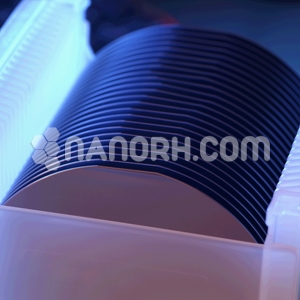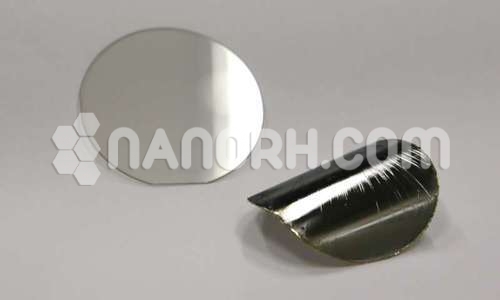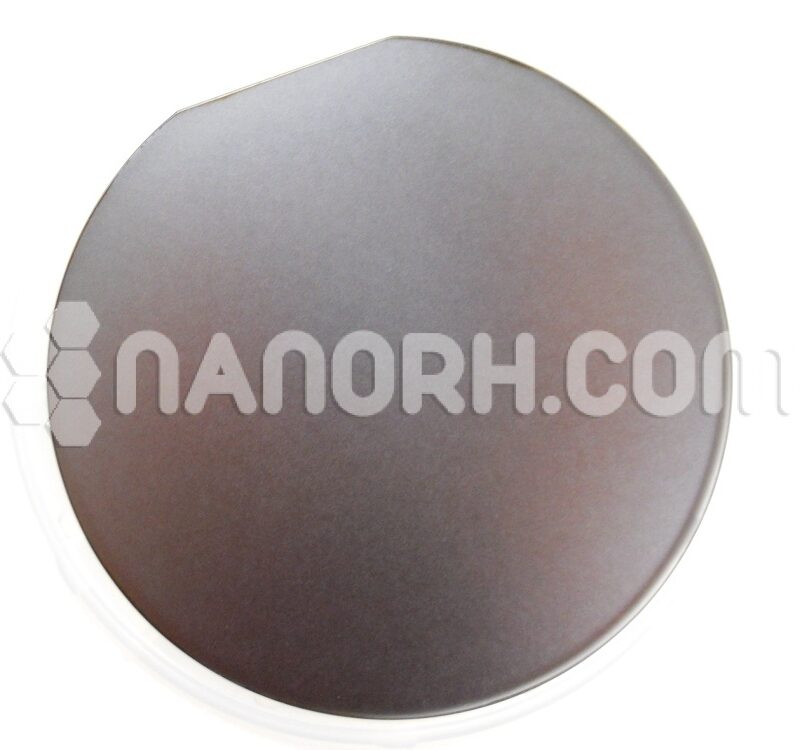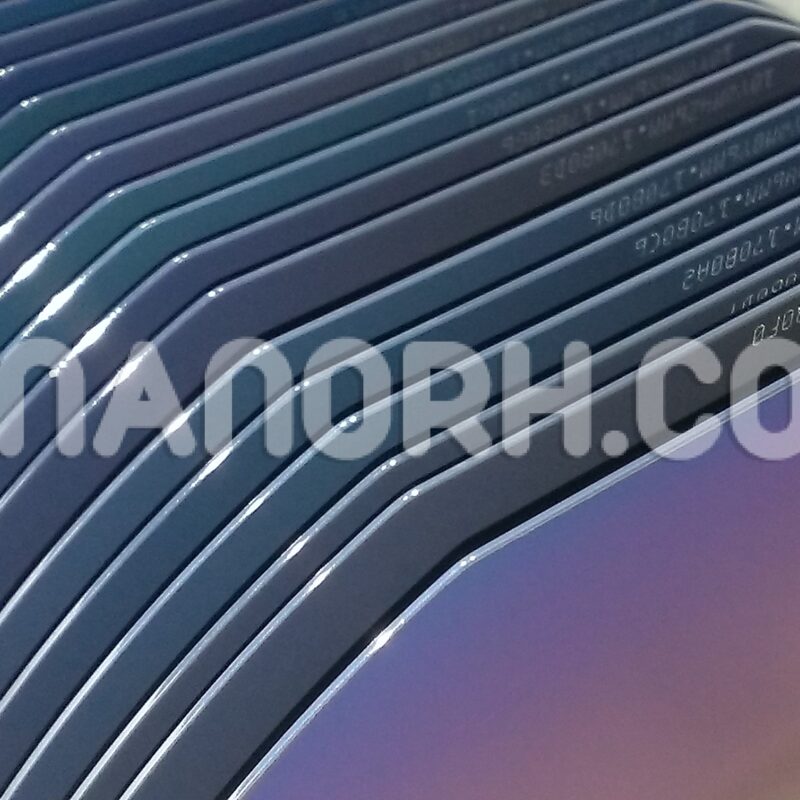| Silicon Wafer N Types | |
| Product No | NRE-44035 |
| CAS | 7440-21-3 |
| Type | N Type |
| Crystal method | CZ |
| Doping | Boron |
| Diameter (mm) | 4” (101.6mm) |
| Thickness | 250-500μm |
| RRG (%) | ≤12 % |
| Oxygen Contents | 12.5-16.5 ppma |
Silicon Wafer N Types
Introduction:
Silicon wafer N-type are semiconductor materials that have been doped with elements, such as phosphorus, that provide additional free electrons. This doping process creates an abundance of negatively charged carriers, enhancing the electrical conductivity of the silicon. N-type wafers are essential in the semiconductor industry, serving as the foundation for various electronic components and devices due to their favorable electrical properties.
Applications
Integrated Circuits (ICs):
Silicon wafer N-typewafers are widely used in the production of integrated circuits, forming key components like transistors, diodes, and resistors that are crucial for various electronic functions.
Transistors:
They are particularly important in fabricating N-channel MOSFETs (Metal-Oxide-Semiconductor Field-Effect Transistors), which are integral to digital circuits for switching and amplification.
Photovoltaic Cells:
Silicon wafer N-typewafers are used in solar cell production, where they form junctions with p-type silicon to enhance the efficiency of light absorption and charge carrier collection.
Microelectromechanical Systems (MEMS):
These wafers are utilized in MEMS devices, such as accelerometers and pressure sensors, providing the necessary electrical properties for precise measurement and control.
Optoelectronic Devices:
Silicon wafer N-type is employed in the fabrication of light-emitting diodes (LEDs) and laser diodes, enabling efficient electron-hole recombination for light emission.
Power Electronics:
Used in devices that manage and convert electrical power, such as rectifiers and inverters, Silicon wafer N-typewafers help enhance efficiency in applications like electric vehicles and renewable energy systems.
High-Frequency Applications:
They are suitable for RF (radio frequency) and microwave devices, where their electrical characteristics support efficient signal processing and amplification.




